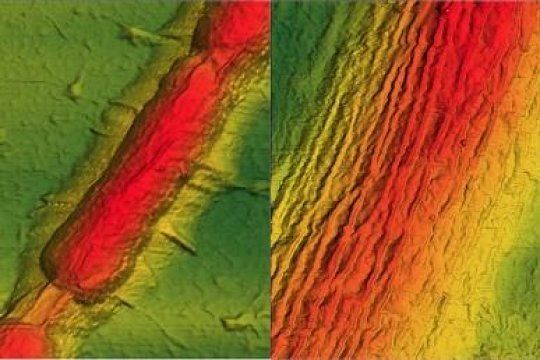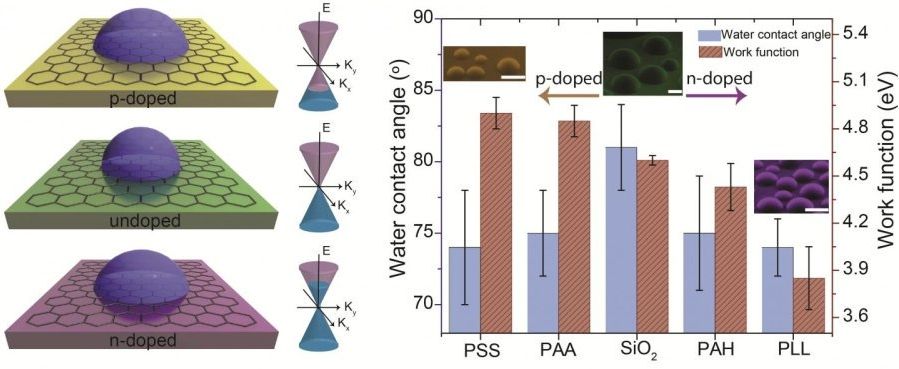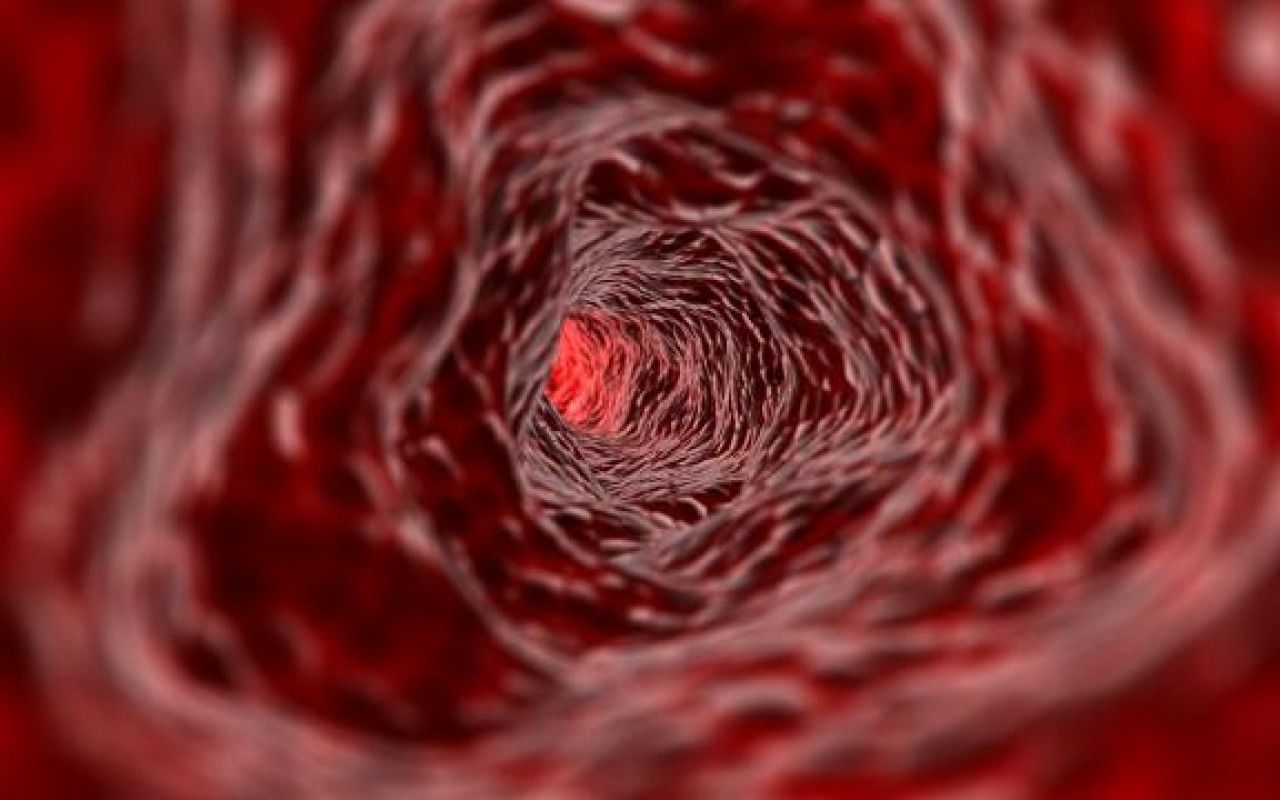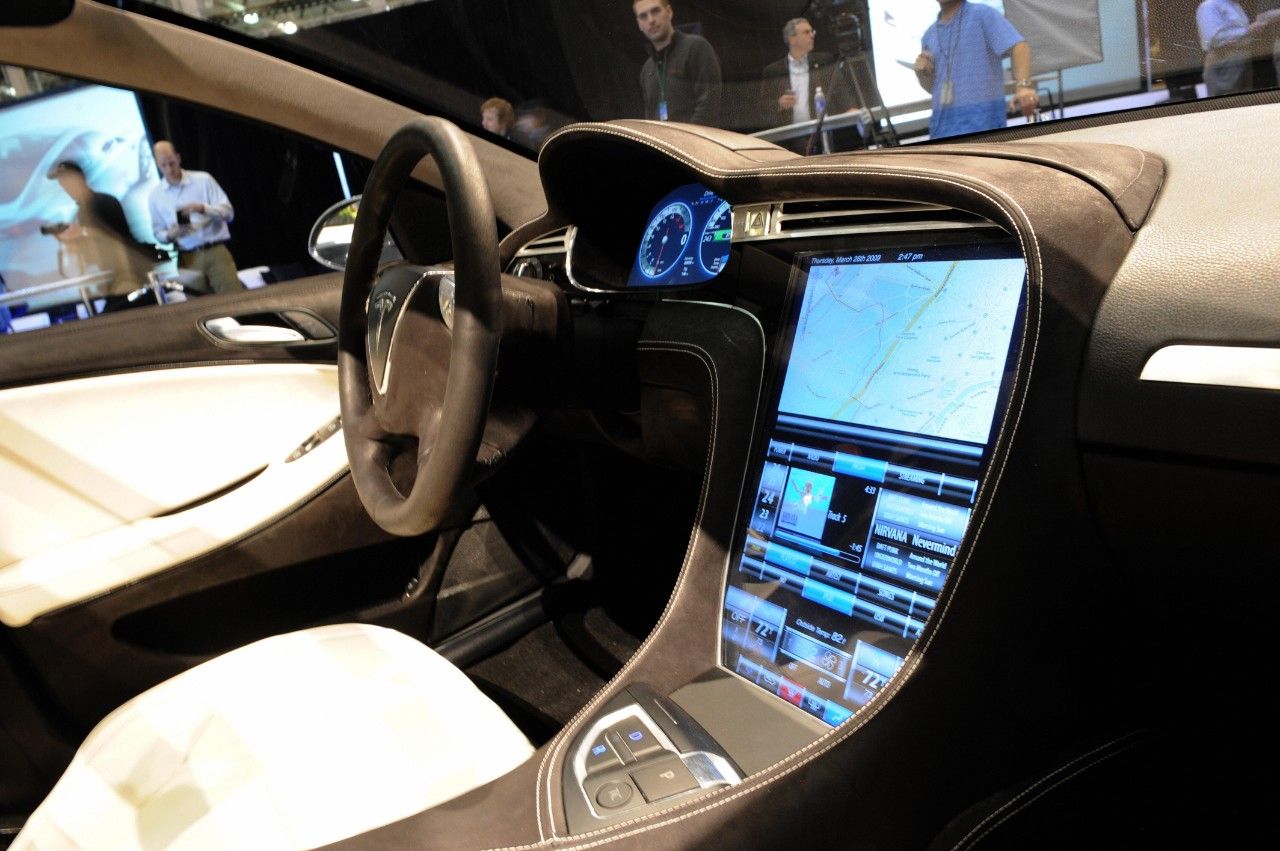A new finding in experiments studying the dry preservation of living cells — a potentially revolutionary alternative to cryopreservation — has defined a clear limit where continuing dehydration kills cells. The data, combined with molecular dynamics simulations, provides insight into an important processing factor that has limited recent attempts at dry preservation.
“What we have done is identified what appears to be a materials constraint in our method of dry preservation. I think this new understanding suggests some interesting avenues to pursue in developing a successful process,” said Gloria Elliott, Professor of Mechanical Engineering at the University of North Carolina at Charlotte, one of the study’s authors.
The findings, reported in the July 8 issue of Scientific Reports, analyzes changes in the molecular arrangements of trehalose (a sugar) and water molecules during a typical dehydration process that they use to immobilize cells in a stable trehalose glass for long-term storage.








